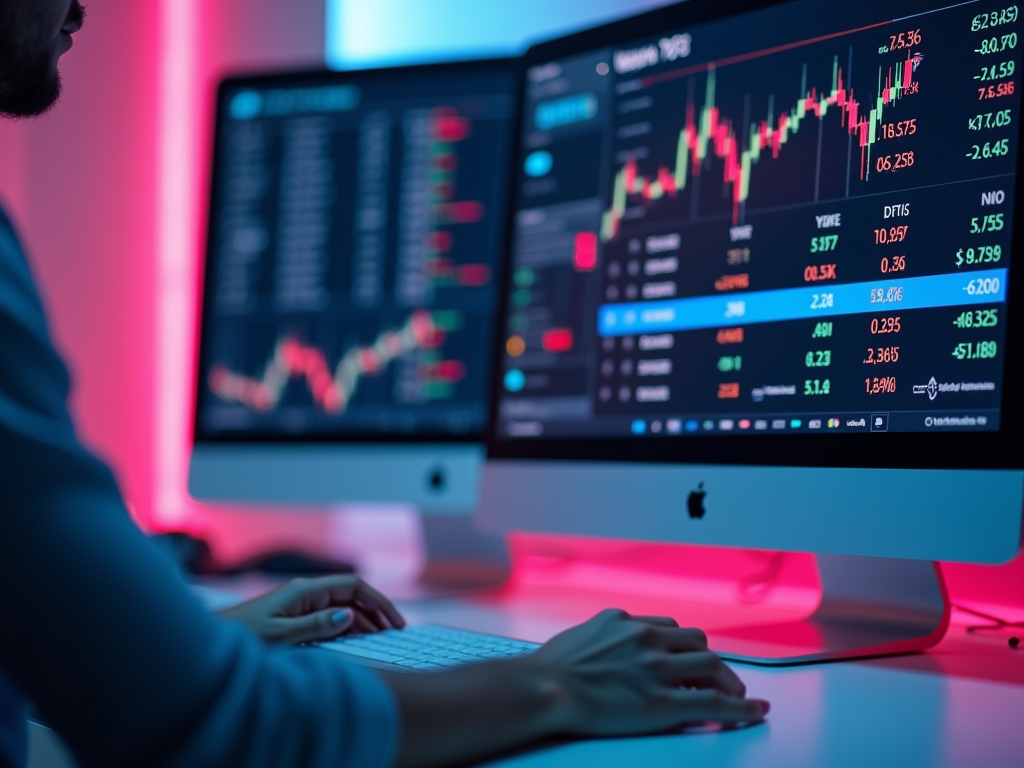Decentralized Finance, commonly known as DeFi, has emerged as one of the most transformative applications of blockchain technology. By leveraging smart contracts and distributed networks, DeFi aims to recreate and improve traditional financial systems without the need for centralized intermediaries. This article delves into the world of DeFi tools, exploring some of the top platforms and their practical applications in this rapidly evolving ecosystem.
The Rise of DeFi: A Paradigm Shift in Finance
The traditional financial system, relying on centralized institutions, has long been the backbone of global economics. However, it has inherent limitations: high fees, slow transaction speeds, and restricted access for many individuals worldwide. DeFi presents a compelling alternative, offering financial services that are open, transparent, and accessible to anyone with an internet connection.
Since its inception, the DeFi space has experienced remarkable growth. From a mere $1 billion in May 2020, the total value locked (TVL) in DeFi protocols surged to $260 billion by the end of 2021. After a market correction that saw TVL drop to $60 billion, the sector has rebounded strongly, reaching $190 billion as of August 2024. This resilience and growth trajectory underscore DeFi’s increasing importance in the broader financial ecosystem.
Decentralized Exchanges (DEXs): The Cornerstones of DeFi
At the heart of the DeFi ecosystem lie decentralized exchanges. Unlike their centralized counterparts, DEXs operate without a central authority, allowing users to trade cryptocurrencies directly with one another through smart contracts.
Uniswap: Pioneering Automated Market Making
Uniswap stands out as one of the most popular and influential DEXs in the DeFi space. Its innovative automated market maker (AMM) model has revolutionized how liquidity is provided and trades are executed. Instead of relying on traditional order books, Uniswap uses liquidity pools where users can deposit tokens and earn fees from trades.
The platform’s simplicity and efficiency have made it a go-to choice for many DeFi users. Whether you’re looking to swap tokens, provide liquidity, or launch your token, Uniswap offers a user-friendly interface that caters to novice and experienced traders.
PancakeSwap: Bringing DeFi to Binance Smart Chain
While Ethereum hosts many of the leading DeFi projects, other blockchain networks are also making their mark. PancakeSwap, built on the Binance Smart Chain, has gained significant traction due to its lower fees and faster transaction times than Ethereum-based DEXs.
PancakeSwap facilitates token swaps and offers additional features like yield farming, lottery, and NFT collectibles. This multifaceted approach has helped it carve out a unique niche in the DeFi landscape, attracting users who seek a more gamified DeFi experience.
Lending and Borrowing Platforms: Democratizing Credit
One of the most transformative aspects of DeFi is its ability to provide lending and borrowing services without traditional banks or credit checks. These platforms allow users to lend their crypto assets to earn interest or borrow against their holdings.
Aave: The Liquidity Protocol
Aave has established itself as a leader in the DeFi lending space. It introduced innovative features like flash loans, which allow users to borrow without collateral for a single transaction, opening up new possibilities for arbitrage and refinancing.
Aave’s wide range of supported assets and governance model set it apart. Token holders can participate in decision-making processes, genuinely embodying the decentralized ethos. Whether you want to earn passive income on your crypto holdings or need a quick loan, Aave provides a robust platform with competitive rates.
Compound: Algorithmic Interest Rates
Compound takes a different approach to lending and borrowing by using an algorithmic model to determine interest rates. This system automatically adjusts rates based on supply and demand, ensuring efficient capital allocation.
One of Compound’s unique features is its cTokens, which represent a user’s stake in a lending pool. These tokens appreciate over time, reflecting the earned interest, and can be easily transferred or used in other DeFi protocols.
Yield Farming and Liquidity Mining: Maximizing Returns
Yield farming and liquidity mining have become popular strategies in the DeFi world for those looking to maximize their crypto returns. These approaches involve liquidity to various protocols in exchange for rewards, often in the form of governance tokens.
Yearn Finance: Yield Optimization
Yearn Finance has emerged as a leading yield aggregator, automatically moving users’ funds between different DeFi protocols to maximize returns. Its vaults feature sophisticated strategies involving multiple steps and protocols, all managed by smart contracts.
What makes Yearn unique is its community-driven approach. Strategies are often proposed and vetted by community members, ensuring a constant flow of innovative ideas. Yearn offers an appealing solution for users who want to optimize their yields without the complexity of managing multiple protocols.
Curve Finance: Stablecoin Liquidity
While many DeFi platforms focus on volatile cryptocurrencies, Curve Finance has carved out a niche in stablecoin trading and yield farming. By concentrating on assets with similar values, Curve minimizes impermanent loss, a common concern in liquidity provision.
Curve’s DAO token, CRV, provides governance rights and boosts yields when staked. This innovative tokenomics model has created a strong incentive for long-term participation in the platform.
The Future of DeFi: Challenges and Opportunities
As DeFi continues evolving, it faces exciting opportunities and significant challenges. Scalability remains a pressing issue, with high gas fees on the Ethereum network often pricing out smaller transactions. Layer 2 scaling solutions are increasingly crucial for addressing these issues, potentially resolving network congestion and high transaction costs.
Regulatory scrutiny has become a critical factor shaping the future of DeFi. As of 2024, regulators worldwide are intensifying their focus on the sector. In the United States, agencies like the SEC and CFTC are increasing enforcement actions against DeFi projects and their founders, with expectations of the first seven-figure penalties for compliance violations. Globally, organizations such as FATF are developing frameworks to address DeFi-specific challenges. Meanwhile, jurisdictions like the EU, UAE, and Hong Kong are actively working to integrate DeFi into their evolving crypto regulatory landscapes. This heightened regulatory attention presents challenges and opportunities for DeFi innovation and adoption.
Despite these challenges, DeFi’s potential to democratize finance and create new economic opportunities is undeniable. Innovations like cross-chain interoperability, improved user interfaces, and more robust security measures are continuously being developed, paving the way for broader adoption.
Emerging Trends and Innovations
The DeFi landscape continues to evolve with emerging trends and innovations. Real-world asset (RWA) tokenization is gaining momentum, bridging traditional finance with DeFi. This development opens up new possibilities for bringing conventional assets onto blockchain networks, potentially expanding DeFi’s reach and utility.
Cross-chain interoperability protocols facilitate seamless asset transfers and interactions between different blockchain networks, potentially resolving the fragmentation issues in the DeFi ecosystem. These advancements are crucial for creating a more unified and efficient DeFi landscape.
Conclusion: A New Financial Frontier
Decentralized Finance represents a paradigm shift in how we think about and interact with financial services. From decentralized exchanges to lending platforms and yield optimization tools, DeFi is creating a more open, transparent, and accessible financial system.
As with any emerging technology, it’s crucial to approach DeFi with both enthusiasm and caution. While the potential returns can be significant, so too are the risks. Smart contract vulnerabilities, market volatility, and regulatory uncertainties all challenge users and developers.
However, for those willing to navigate this new terrain, DeFi offers unprecedented opportunities to participate in a global, permissionless financial system. As the ecosystem matures and new tools emerge, we can expect to see even more innovative applications that push the boundaries of what’s possible in finance.
Whether you’re a seasoned crypto enthusiast or a curious newcomer, exploring DeFi tools and platforms can provide valuable insights into the future of finance. As always, research, start small, and only invest what you can afford to lose. Welcome to the exciting world of Decentralized Finance – a space where code is law and financial innovation knows no bounds.











